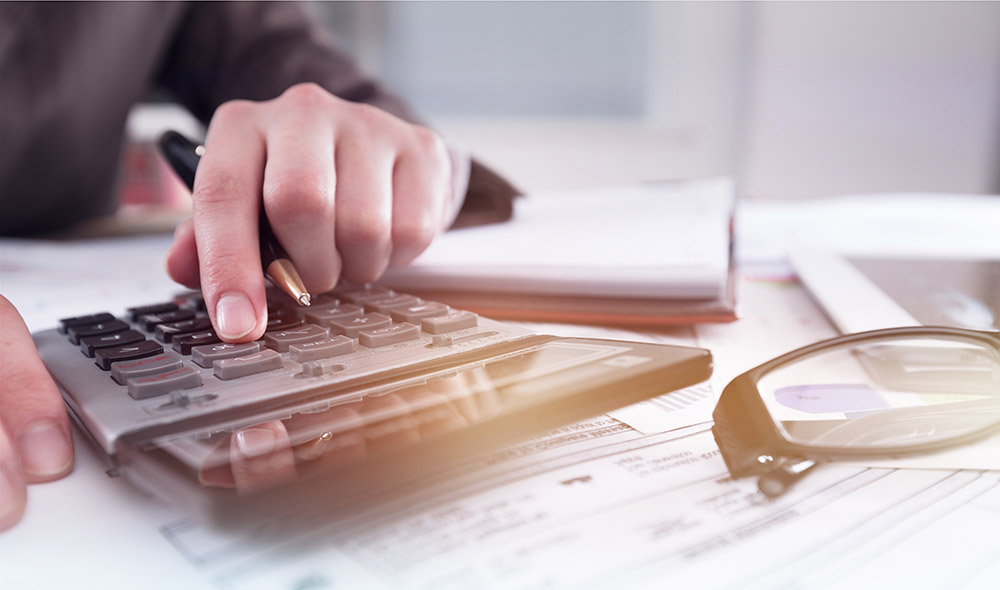What are Chargebacks and How do They Work? Everything you need to know
In simple terms, a chargeback is simply a payment dispute where a cardholder flags a transaction and asks his or her card operator to reverse it. This is to protect consumers from unauthorised billings and transactions. However, it can turn out to be a big headache for businesses, primarily if the chargeback is issued fraudulently or in error. Once a customer files for cashback, the bank holds the disputed funds from the business until the issue is resolved. In the end, if the customer is right, they receive the funds back, but if the customer can’t prove the transaction was unauthorised, the business gets the money.
Unfortunately, when it comes to chargebacks, the process is long, complicated, and time-consuming. It usually involves a lot of back and forth as well as paperwork and documentation. However, as a business owner, you can save yourself stress by partnering with reliable payment service providers such as Paykassma.
With the “what is a chargeback” question answered, continue reading to learn more about how chargebacks work, how to prevent them as a business, and other helpful tips.
Reasons for Chargebacks
There are a few reasons a customer can decide to file for a chargeback. In this section, we will be highlighting some of these reasons. Let’s dive right in!
Failure to Cancel Subscription
Recurring payments can make life easier, especially for busy customers with many active subscriptions. However, this leaves room for payment disputes since people often forget about renewals. As a result, it can lead to customers issuing chargebacks to cancel payments retroactively. This is one of the significant reasons for chargebacks.

Fraudulent Transactions
Another primary reason for chargebacks is a fraudulent transaction where a cardholder notices a debit from a business he or she never patronised. Once a customer sees this issue, a dispute is filed immediately.
Pricing Issues
Aside from fraudulent transactions and failure to cancel subscriptions, shipping, delivery, or pricing issues are among the top reasons for chargebacks. For instance, if a customer never receives the items he or she has ordered or gets overcharged for a service/product, a payment dispute can be filed.
Dissatisfaction with Product or Services
Cardholders might file a dispute in some cases if they do not get the intended satisfaction from a product or service. In such cases, dissatisfaction with products is primarily due to physical defects or misleading adverts. However, with services, it is more subjective and hard to determine.
Credit not Processed
In cases when a cardholder returns a product for a refund or cashback and doesn’t get either, a dispute can be filed. The reason for the return can vary from buyer’s remorse to purchase error.
Unrecognisable Business Name
In some cases, a simple mistake in the business name can be the reason for cardholders to file a dispute. For example, if a business name is popularly known as The Baker & Donut Shop, but the name on the receipt is B&D Enterprises. When a cardholder sees charges from B&D Enterprises, he or she might suspect fraud, and as a result, file for a payment dispute.
The General Chargeback Process Explained
Overall, a particular chargeback process varies from one payment processor to the other. However, it usually takes between 60 to 90 days to resolve. In this section, we will be walking you through the general chargeback process.
- The first step is a customer making a purchase, whether online or in person. All chargebacks start with an in-person, app, or online purchase.
- The next step is a customer initiating the chargeback. This usually occurs when a customer goes through their monthly credit card statement and notices an unusual or unauthorised charge. In that case, they contact their issuing bank to investigate that specific charge.
- The issuing bank proceeds to contact the merchant/vendor’s bank. Once the chargeback is initiated, the issuing bank asks the merchant’s bank to provide evidence to show that the claim is wrong. For example, receipts, invoices, proof of delivery, etc., can help prove that the purchase was authorised and valid.
- Once the proof provided is reviewed, the customer’s bank now decides if the purchase was valid or it was not.
- After the decision is made, the customer is informed. If the customer receives a resolution they are not satisfied with, or the issuing and merchant banks fail to reach an agreement, another process called Arbitration can be started. Once the process is initiated, the credit card company oversees the process, and whatever decision the credit card company reaches, the decision is final.
How to Prevent Chargebacks
As a business, there are different systems and processes you can put in place to prevent chargebacks. Here, we will walk you through a few of them.
- Use a secured point of sale (POS) service to accept contactless and chip card payments.
- Ask buyers with chip cards to dip instead of swiping them.
- Keep the tracking number of every order accessible and ready.
- Always confirm if listed prices are up to date and accurate.
- Ensure that there is a reliable system in place to handle returns and credits.
- Answer customer complaints and issues courteously and instantly.
- Alert cardholders before every charge to give them enough time to cancel before the payment date.

What is a Chargeback Fee or Chargeback Settlement Fee?
A chargeback fee, or a chargeback settlement fee, is a fee a credit card company might charge the business in addition to the reversed funds once the business is at fault for any chargeback. In some cases, a credit card company might even stop the business from receiving payments through credit cards entirely, especially if the business has an unusual amount of chargebacks. The fee is often nonrefundable, and it can vary from $10 to $25 per chargeback. Interestingly, some payment processors do not charge businesses for a payment dispute.
Detailed Chargeback Reason Codes
A chargeback reason code is a two to four alphanumeric combination provided by the issuing bank involved in the chargeback. It is usually offered to identify the reason for the chargeback. These reason codes help merchants address recurrent dispute triggers and identify frivolous chargebacks that merchants need to fight against. How it works is that the issuing bank will file a chargeback and attach a reason code to the case, and the merchant can accept or use the code to build a case to prove that the transaction was valid. As it stands, there are up to 151 chargeback reason codes that can trigger all over the world.
Different card brands have their reason codes, and in this section, we will highlight some of the major brands, such as Visa, MasterCard, American Express, and Discover.
Visa Chargeback Reason Codes
The current Visa reason code has a new list of four categories, including customer disputes, processing errors, fraud, and authorisation errors. Each category is highlighted by a two-digit number with the specific reason code as a subset of the group represented using a decimal place.
Mastercard Chargeback Reason Codes
Similar to Visa, Mastercard changed its reason code system recently. Now, all the MasterCard chargeback reason codes are marked with four digits beginning with a 48XX prefix.
Discover Chargeback Reason Codes
Discover’s chargeback reason codes are different from most because the brand uses an alphabetic-dominated reason code system. For example, the reason code for Duplicate Processing is DP, and Quality Discrepancy is RM.
American Express Chargeback Reason Codes
American Express has the same reason code system as Visa with an additional Miscellaneous category. The brand uses an alphanumeric system where the letter indicates the section and identifies the specific reason. For instance, F14 is the reason code for No Cardmember Authorisation, where F is for fraud and 14 for the Reason.

What’s the Difference between Chargebacks and Refunds?
Although chargebacks and refunds are simply processes where a consumer is paid back for a product or service, both are different. A refund is a transaction process a business initiates to repay a customer, while the customer initiates a chargeback through his or her issuing bank. The reasons for refunds and chargebacks are usually similar but the processes involved in the two vary.
What’s More?
Chargebacks can be daunting to businesses, especially when they are filed in error by customers. Even though the ruling might favour the company, the time it takes to complete the process is a setback. So, as a business, you need to have a process or system that helps you prevent or reduce time to process a payment dispute. As a result, partnering with a top-notch payment processing service like Paykassma is vital. To get started, you can visit the website, read the documentation, and start integrating it into your business for better payment processing and protection from harmful chargebacks.

